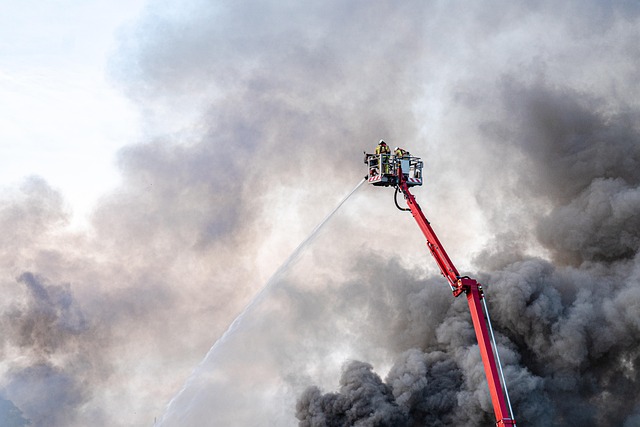Understanding the Dance Between Perception and Response in Robotics and AI Automation
As businesses adapt to the rapidly evolving landscape of technology, the intersection of robotics and artificial intelligence (AI) has become a focal point for innovation. At the heart of this transformation lies a critical dynamic: the relationship between perception and response. This relationship shapes how automated systems work and directly impacts the efficiency the businesses can harness.
The Importance of Perception in Robotics
Robotics, at its core, is about creating machines that can perform tasks that range from the mundane to the sophisticated. For robots to be effective, they must possess the ability to perceive their environment. This involves not just sensory input—like cameras and microphones—but also the sophisticated algorithms that allow them to interpret these signals in real-time.
Think of a robotic vacuum cleaner navigating your home. Its sensors gather data about obstacles, dirt, and layout. The vacuum’s perception of its surroundings dictates its response: it decides where to go, when to change direction, and when to clean an area more intensively. This example highlights the power of perception in guiding responses, enabling robotic systems to perform tasks autonomously while adapting to unique situations.
Artificial Intelligence: Enhancing Response Mechanisms
Artificial intelligence contributes significantly to the adaptability of systems through advanced learning techniques. AI algorithms analyze data from various sources, learning patterns of behavior and predicting outcomes with remarkable precision. This analytical prowess is crucial for businesses that wish to leverage AI for automation.
Take, for instance, customer service chatbots. These AI-driven tools perceive incoming queries through natural language processing and respond in ways that are relevant and helpful. The effectiveness of a chatbot lies in its ability to continuously learn from interactions, refining its responses over time. This generates a more personalized experience for customers and ensures businesses can operate efficiently without human intervention.
Automation’s Role in Business Adaptation
As businesses navigate the complexities of the modern marketplace, automation presents an avenue for growth and efficiency. The synergy between robotics and AI streamlines processes, reduces operational costs, and enhances overall productivity. However, the real game-changer is how businesses use the insights gained through perception and response mechanisms to inform their strategies.
Imagine a manufacturing plant where robots are responsible for various production lines. These robots are equipped with perception-based technologies that gauge product quality. By automatically adjusting their actions based on sensory feedback, companies can minimize waste and improve production rates. In this context, perception and response directly correlate with the bottom line.
Fostering an Adaptive Mindset
In a world increasingly driven by technology, fostering an adaptive mindset is essential for businesses aiming to stay ahead. Leaders must understand that the integration of robotics and AI is not merely about keeping up with trends but is about nurturing a culture that embraces change and innovation.
By prioritizing the enhancement of perception and response capabilities, companies equip themselves to not only survive but thrive in this new era. Training employees to collaborate with automated systems, encouraging feedback loops for improvement, and investing in cutting-edge technologies are critical steps in this journey.
As we usher in an age where robotics and AI become fundamental to our business operations, recognizing and harnessing the interplay between perception and response will drive success. Companies that master this dynamic will pave the way for a future where human ingenuity and automated efficiency coexist harmoniously, leading to unprecedented growth and innovation.




